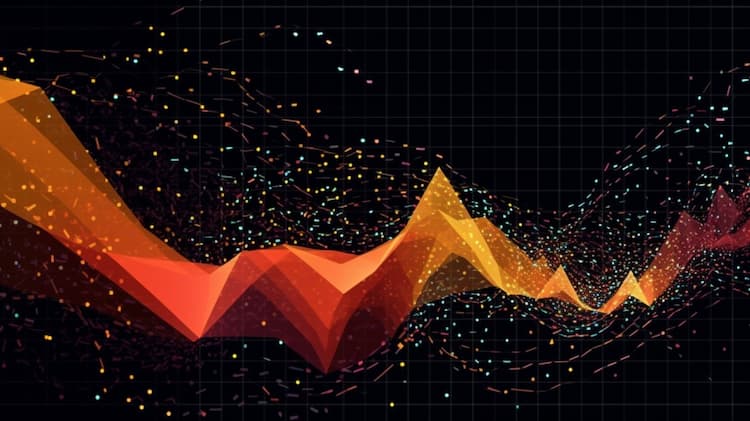
FTEC VS IHAK
Exchange-Traded Funds (ETFs) have transformed the landscape of modern investing, presenting investors with diversified opportunities across various sectors and asset classes. In this article, we will conduct an in-depth comparison between two prominent ETFs: FTEC (Fidelity MSCI Information Technology Index ETF) and IHAK (iShares Cybersecurity and Tech ETF). We'll delve into critical aspects, including ETF tickers, full names, issuers, sectors, top holdings, capitalization, investment strategy, tracking mechanisms, and exposure.
FTEC Vs IHAK: Overview
FTEC and IHAK are both ETFs that operate within the expansive realm of technology, but they cater to distinct niches. FTEC seeks to track the performance of the MSCI USA IMI Information Technology Index, encompassing a broad spectrum of tech companies. In contrast, IHAK focuses on the rapidly evolving field of cybersecurity and technology-related stocks. This distinction in focus inevitably influences the ETFs' exposure and potential risks, an aspect we'll explore further in the subsequent sections.
FTEC Vs IHAK: Sectors and Top Holdings
FTEC's investment basket spans across various technology sectors, encompassing giants like Apple, Microsoft, and Amazon. On the other hand, IHAK zeroes in on the cybersecurity industry, with its top holdings including prominent names like Crowdstrike Holdings, Palo Alto Networks, and Okta. Understanding the specific sectors and top holdings aids investors in aligning their investment goals with the ETF that resonates most with their risk appetite and vision.
 FTEC overlap FTEC VS IHAK
FTEC overlap FTEC VS IHAK
FTEC Vs IHAK: Capitalization and Investment Strategy
FTEC boasts a substantial Asset Under Management (AUM), reflecting its appeal among investors keen on tapping into the expansive world of technology. IHAK's strategy focuses on cybersecurity and tech companies engaged in safeguarding digital ecosystems. The divergence in capitalization and investment strategy has a direct bearing on potential returns and associated risks, necessitating careful consideration on the part of investors.
FTEC Vs IHAK: Tracking Mechanisms and Exposure
FTEC's objective is to mirror the performance of the MSCI USA IMI Information Technology Index, offering investors a window into the overall tech industry. In contrast, IHAK's emphasis on cybersecurity and technology stocks translates into a different approach. FTEC's tracking involves replicating an index, while IHAK's exposure extends to companies developing cutting-edge solutions to counter digital threats. Recognizing the nuances of tracking and exposure mechanisms empowers investors to make informed decisions that align with their investment strategies.
Conclusion
FTEC and IHAK stand as distinctive ETFs, catering to technology enthusiasts with varied inclinations. For those who seek deeper insights into holdings, correlations, overlaps, and other valuable information, ETF Insider presents an indispensable tool. With its user-friendly application, ETF Insider equips investors with a wealth of details about these ETFs and other financial instruments, enabling well-informed investment decisions.
Disclaimer: This article does not provide any investment advisory services.
Sources:
FTEC quote and analysis
Discover the top holdings, correlations, and overlaps of ETFs using our visualization tool.
Our app allows you to build and track your portfolio.
To learn more about the FTEC Fidelity MSCI Information Technology Index ETF, access our dedicated page now.
FAQ
Why is FTEC better than IHAK?
FTEC may be considered better than IHAK for some investors due to its specific focus, offering diversification.
Does IHAK beat FTEC?
IHAK's performance relative to FTEC will vary over time, depending on market conditions.
Should I invest in FTEC or IHAK?
The choice between FTEC and IHAK should align with your investment goals, risk tolerance, and desired exposure.
Are FTEC and IHAK good investments?
Both FTEC and IHAK can be suitable investments depending on individual investment strategies, goals, and risk profiles.
What is the correlation between FTEC and IHAK?
The correlation between FTEC and IHAK can vary over time, reflecting differences in performance.









